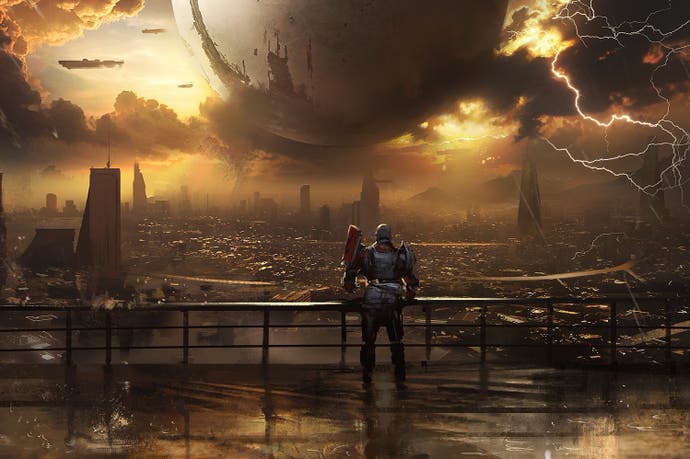Destiny 2: Bungie's technology evolves - but is it enough?
Digital Foundry's complete tech analysis, plus full platform comparisons.
Destiny 2 is at last in our hands. It's been three years since the original launched, and in that time, developer Bungie has put some serious work into its sequel to create a richer, more beautiful world to explore. It's a game that addresses many of the original's shortcomings - adding a stronger narrative backbone, while improving what already shined in its gameplay and visuals. Evolving from the solid foundation of the first Destiny, does this sequel's revised tech truly satisfy in terms of graphical upgrades? Or is it more the case that the more profound changes have actually happened behind the scenes with Bungie's content creation framework?
Key to the series' evolution is the fact that Bungie could jettison support for the last-gen Xbox 360 and PlayStation 3, focusing on the strengths of the modern systems instead. According to Bungie staff members, accommodating the last-gen systems wasn't easy, with scaling across so many systems slowing production down significantly. At Handmadecon 2016, engineering director Chris Butcher explained that its engine has roots in the technology that powered Halo Reach, which ultimately formed part of the problem. Relying on legacy tech, where results are compiled on console first rather than PC, meant the pipeline for creating assets proved excruciatingly slow. Any change to a map or weapon could take hours to compile across all formats - which must surely have had an impact on the amount of content in the original Destiny. And by extension, you have to wonder what was left on the table due to workflow issues
In the here and now, PS4 and Xbox One are the primary focus, along with the Pro and X offshoots - plus a PC version produced by partner studio Vicarious Visions. The strict 512MB RAM limitations on last-gen can be pushed aside, meaning bigger, more ambitious areas built from a revised engine framework, designed purely for newer systems and PC. There may be more machines to factor in, but ultimately they have much more in common - an x86-based architecture, vastly increased memory provision and modern graphics hardware. Workflow-wise, Bungie learnt lessons from its experience with Destiny, and claims that it has changed the pipeline to make it easier to create each world. Looking at Destiny 2, the turnout really speaks for itself.
Thrown into the misty forests of the European Dead Zone, there's simply a more organic, developed look to the game's planets. Take the new Farm hub area as an example: the attention to detail is a big upgrade over the original Destiny's tower. It's the small touches that make up a grander picture; the detailed brickwork surrounding the fountain, and the books and abandoned monitors lining the hangar. It's the turn of the watermill, with rippling water showing off the game's eye-catching reflections, complete with anamorphic lens flare and bloom. It's even the moss draping around giant, rusting structures to the Farm's edge, and swaying army camouflage overhead, creating dynamic shadow details on the ground. And yes - it may be basic, but physics are used on the outskirts to create a throw-away football mini-game.
All of these flourishes help to give Destiny 2 more character. The original game could dazzle with its broad environments, but this time, Bungie's also put its efforts into the micro-level detail. With more talking characters, NPCs and even wildlife wandering around the Farm, this new hub area ties the game together in a more personable way.
And really, it's that mixture of great art direction and technology that gives the game some of its most effective visual 'moments'. Lighting plays a huge role not just stylistically, but in the game design for the European Dead Zone. Similar to its use in Halo: Combat Evolved, a mist overwhelms the area to keep enemies obscured until the last moment - best shown around volumetric lights on nearby fires. It creates an eerie effect, and adds a great sense of atmosphere overall. Volumetric buffers are even used to give depth around interiors, giving that musty, smoggy tone to the opening Tower siege. Really, the use of volumetrics is far more pronounced across Destiny 2 than in the original title, and evidently, Bungie's keen to show off the effect right away in the tutorials.
In talking about lighting, we also need to consider the effects that go with it. Dynamic physics-based particles are a big focus in Destiny 2, whether that's the explosion of sparks from gunfire, or weather effects, like the lit particles used for rain. Destiny always pushed for a deluge of alpha during firefights, but the sequel clearly cranks things up a notch.
From the very first mission protecting a besieged tower, you face waves of giant Legionaries and Centurions, each bombarding the screen with lit transparencies. Add in the screen-space effects from the rain landing on the camera, plus chromatic aberration, and as a way to push the engine from the start, this is an amazing showcase.
The only limit here is that alpha resolution is cut down to support their quantity. A low resolution buffer is used which is at odds with the sharpness of the presentation otherwise. On the plus side, because the effects flash by a within split second, the cutbacks are hard to spot unless you freeze a frame. However, geometry that intersects with volumetric lighting shows the impact of the lower res buffer persisting, manifesting with obvious stair-step edges that stand out on PS4 and Xbox One's 1080p output - and gain no extra resolution on PS4 Pro's 4K mode, making them even more noticeable.
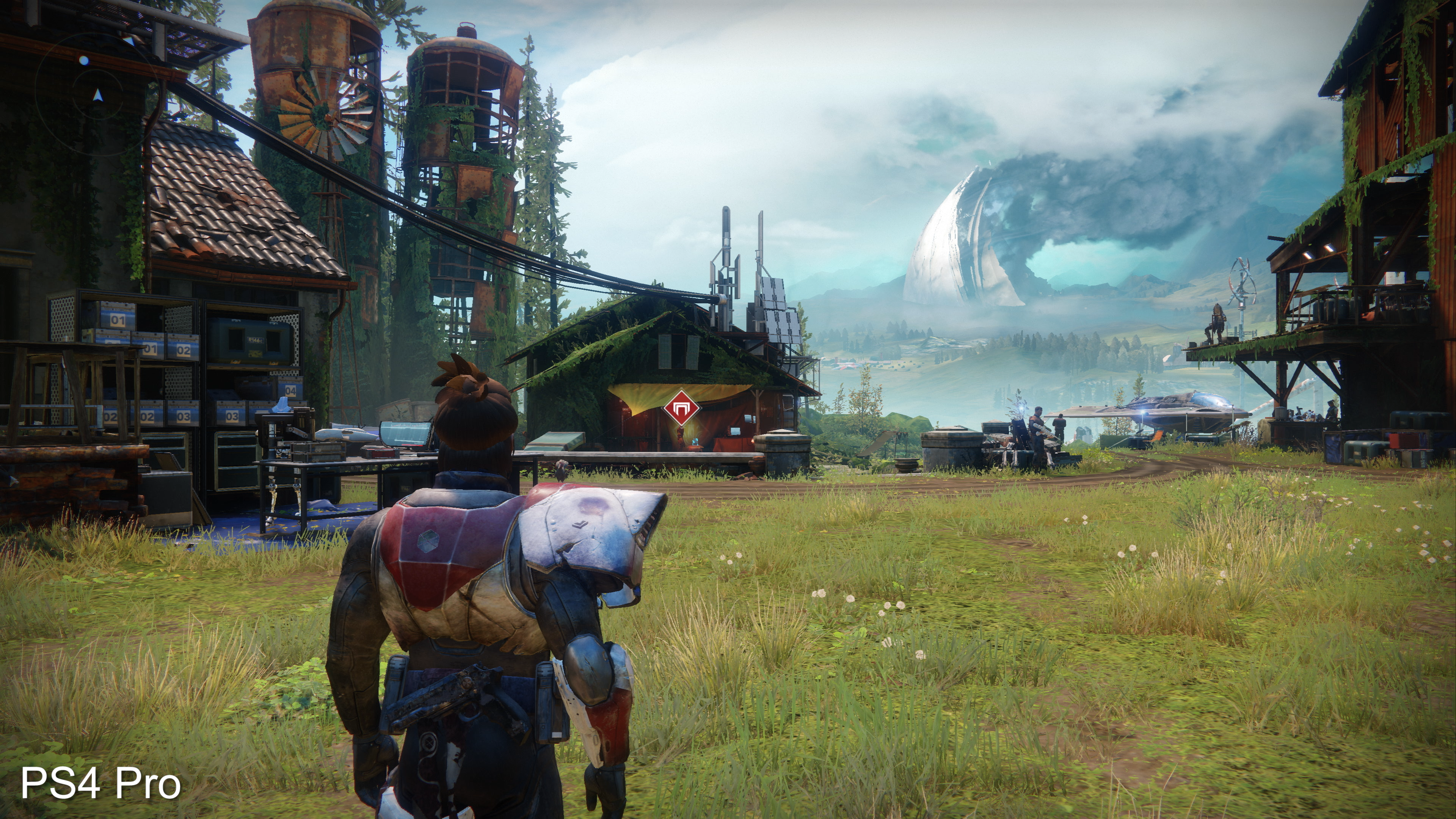
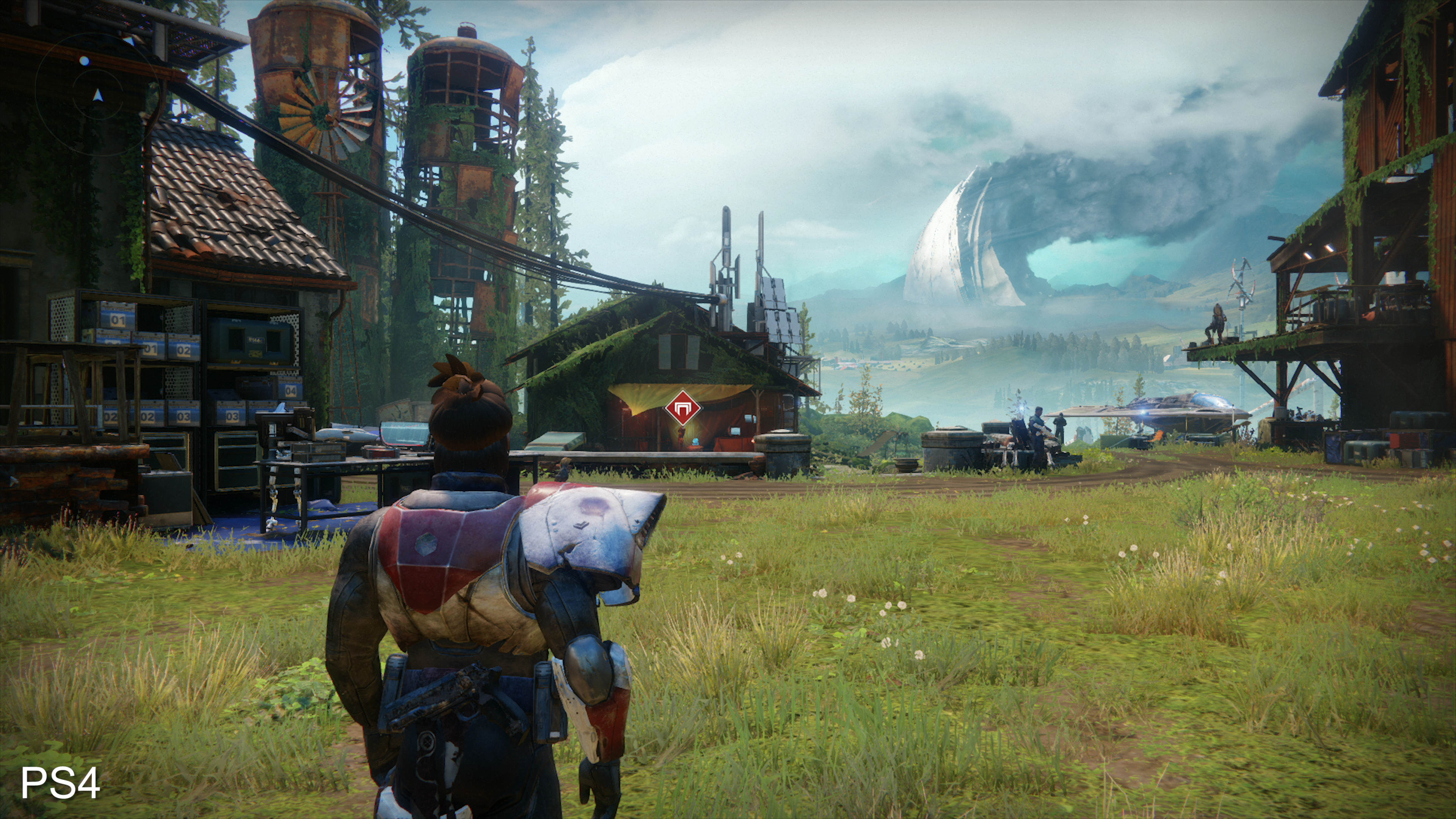

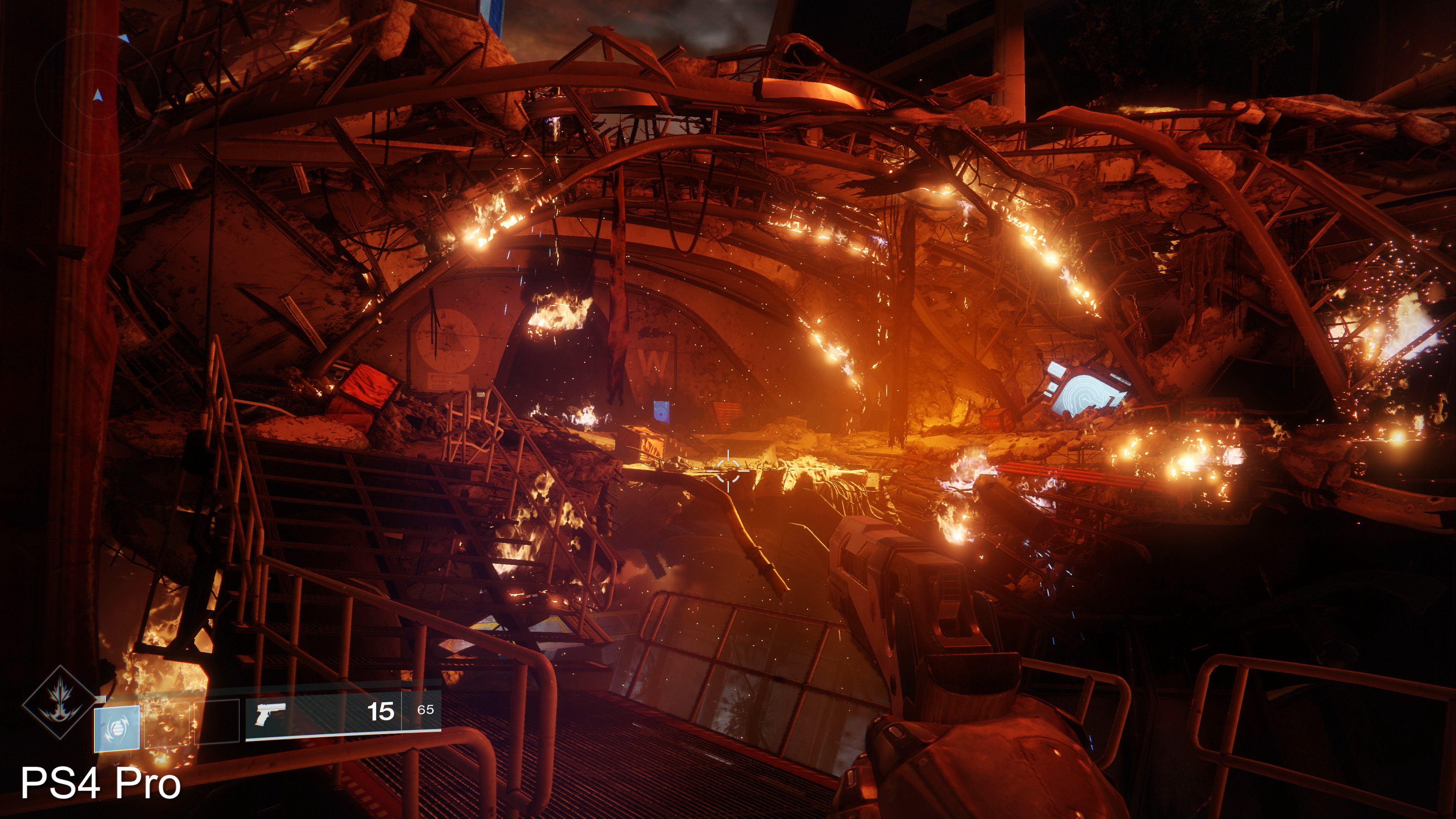

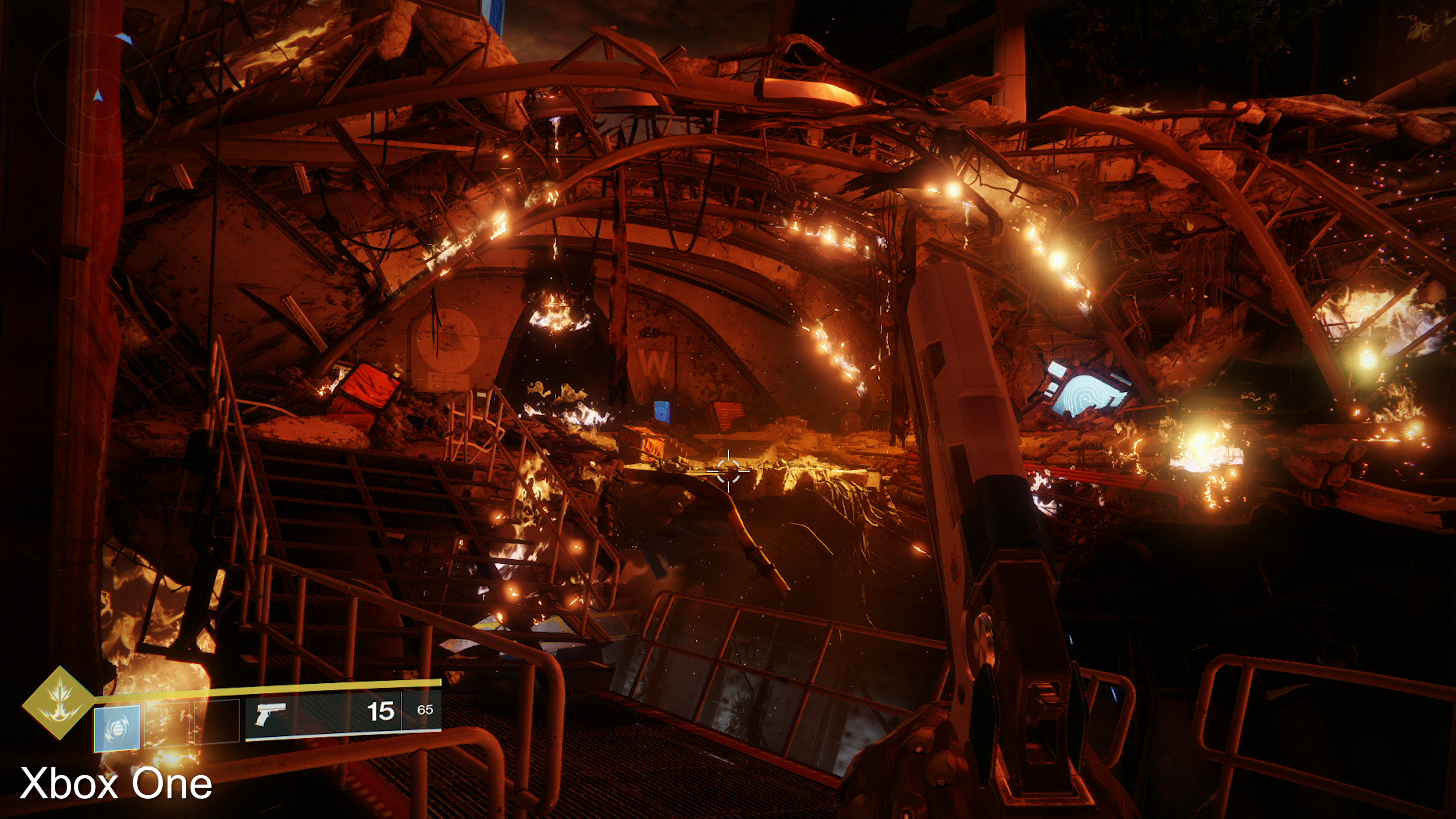

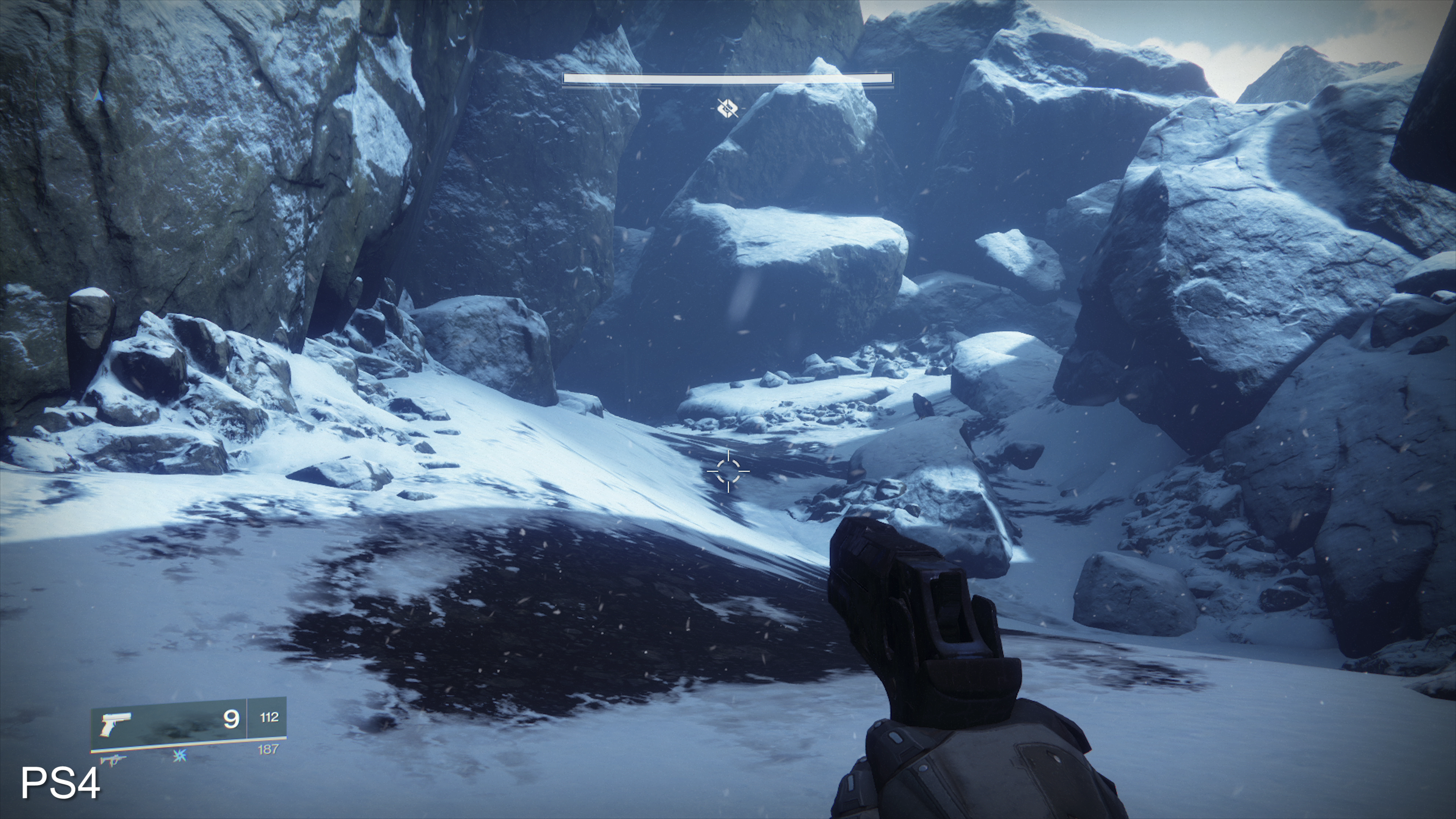

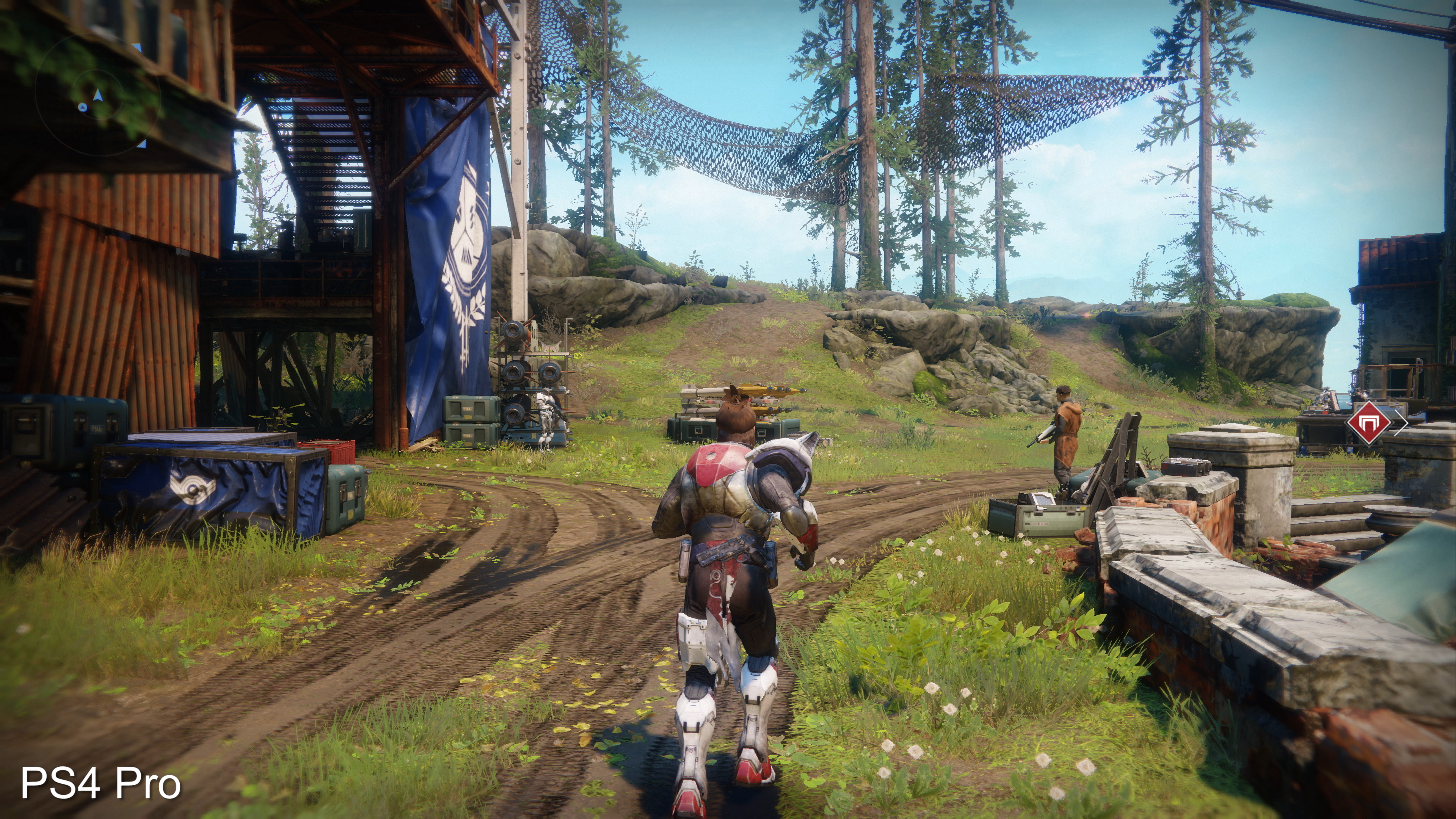
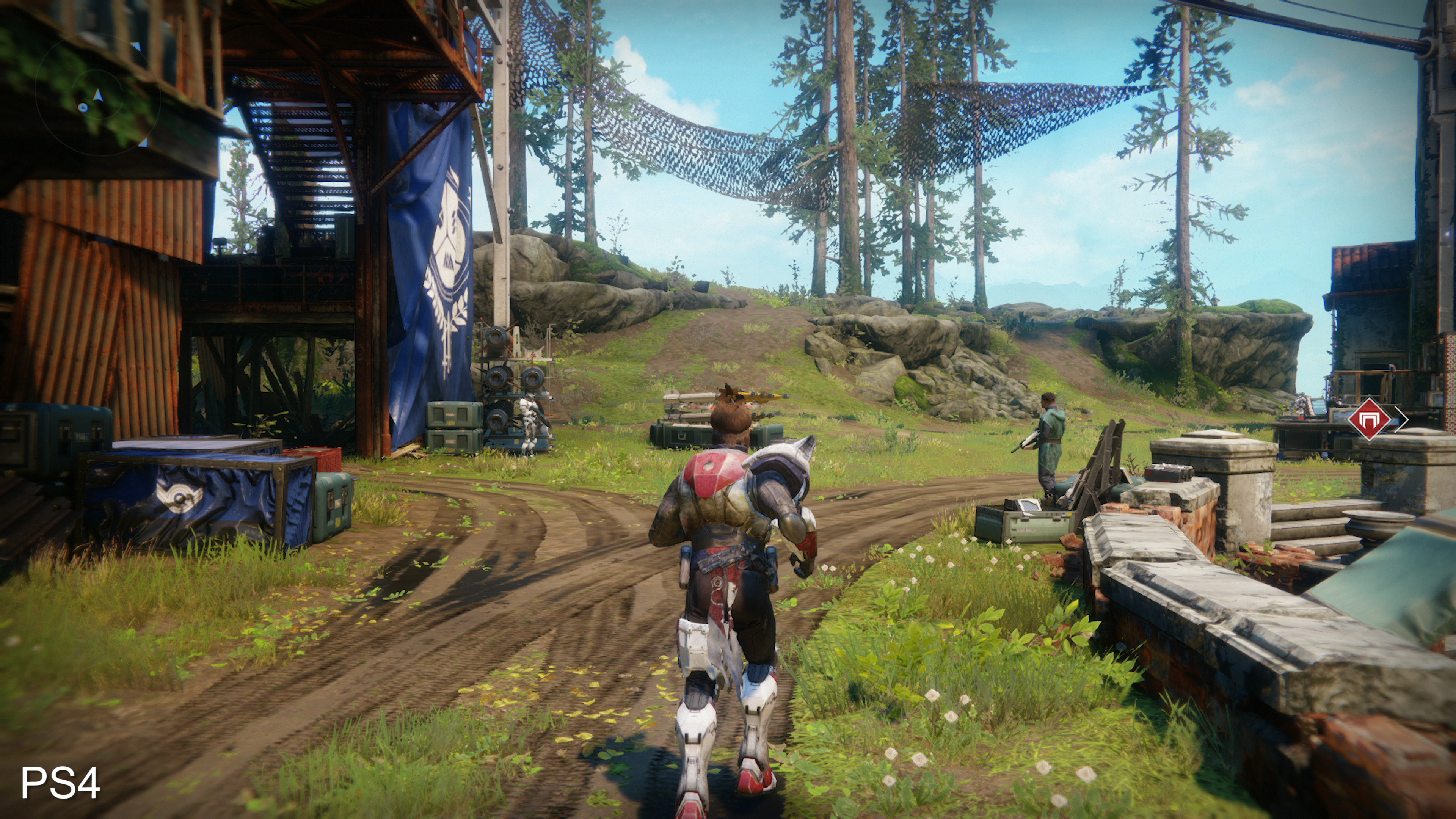
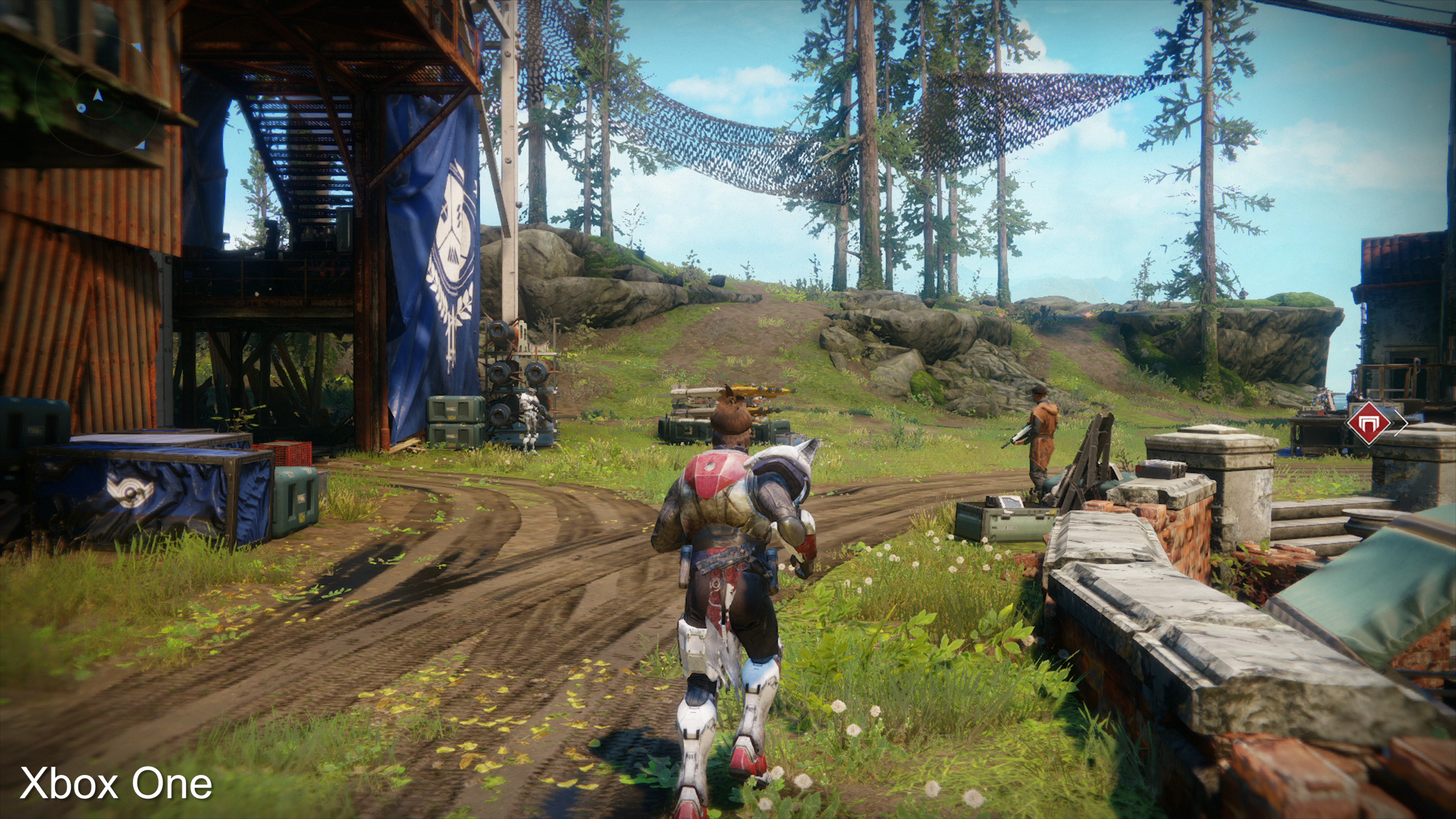
Overall though, the post effects pipeline is rich and hugely impressive, and extends beyond the game's fireworks. Much like the original, a bokeh depth of field kicks in when scoping your rifle, or even while the camera puts you in the foreground. Again there's some aliasing here on overlapping edges, but it otherwise adds a cinematic air to the game in the heat of the action. That applies to the screen and object-based motion blur as well; an effect applied sparingly in general gameplay, while revved up in intensity when using a super ability. For a game with a 30fps target on console, this effect does a world of good to the sense of fluidity while turning the camera. Each sampled frame blends with the next to create a smoother rotation, and there's no sign of banding along the way - it looks superb.
The materials and shaderwork are also standout, given the scale of each level. However, reflections deserve particular praise this time around. The original Destiny got this mostly right in terms of matching geometry and light sources, but occasionally, a generic cube-map would misplace the details in the water. In Destiny 2, again, we're seeing accurate mapping of the world, and enemies across puddles and fountains on the floor. The only limit is that particles and alpha effects from weapons don't show up at all - something we saw in the original.
All in all then, Destiny 2's technology isn't a revolution over the original, but a significant refinement in all areas. Those looking for as big of a leap as, say Halo 1 to Halo 2, may not be quite so impressed, but what we have instead is an impressive augmentation of what came before - and in terms of its micro-detail, world scale, and effects work, there's plenty to show for the three-year wait. Add in Destiny 2's sharp increase in real-time cut-scenes, and it's clear this is a more ambitious project, in the hands of a developer now at ease with its toolset. Equally, these extra scenes do a great job of adding more characters to the mix. Even with the fairly conventional beats to its plot, it's satisfying to see your customised character interacting with the universe's narrative - something that couldn't be achieved with pre-rendered scenes.
All of which brings us to the big question: which version should you play? Well with PC still slated for an October 24th release, we're looking purely at consoles at launch. The setup is similar to the beta, but we have new observations, and in terms of resolution and visual effects the pecking order is clear. In the absence of Xbox One X hardware, PS4 Pro represents the very best way to play the game on console right now, and that starts with image quality. Running dynamically between 3072x2160 up to 3840x2160 via checkerboard rendering, PS4 Pro brings a mark-up in fine detail across long distances. Every game's use of checkerboard rendering on Pro can vary slightly, and artefacts appear more obvious in some games than others. Thankfully, Destiny 2's approach is of the more subtle kind; whip-pan camera shots rarely reveal any interlace patterns on edges. In fact, it took several 4K screengrabs of fast-moving action before we spotted a case of it on enemies far into the distance - while every other edge in the shot looks perfectly clean.


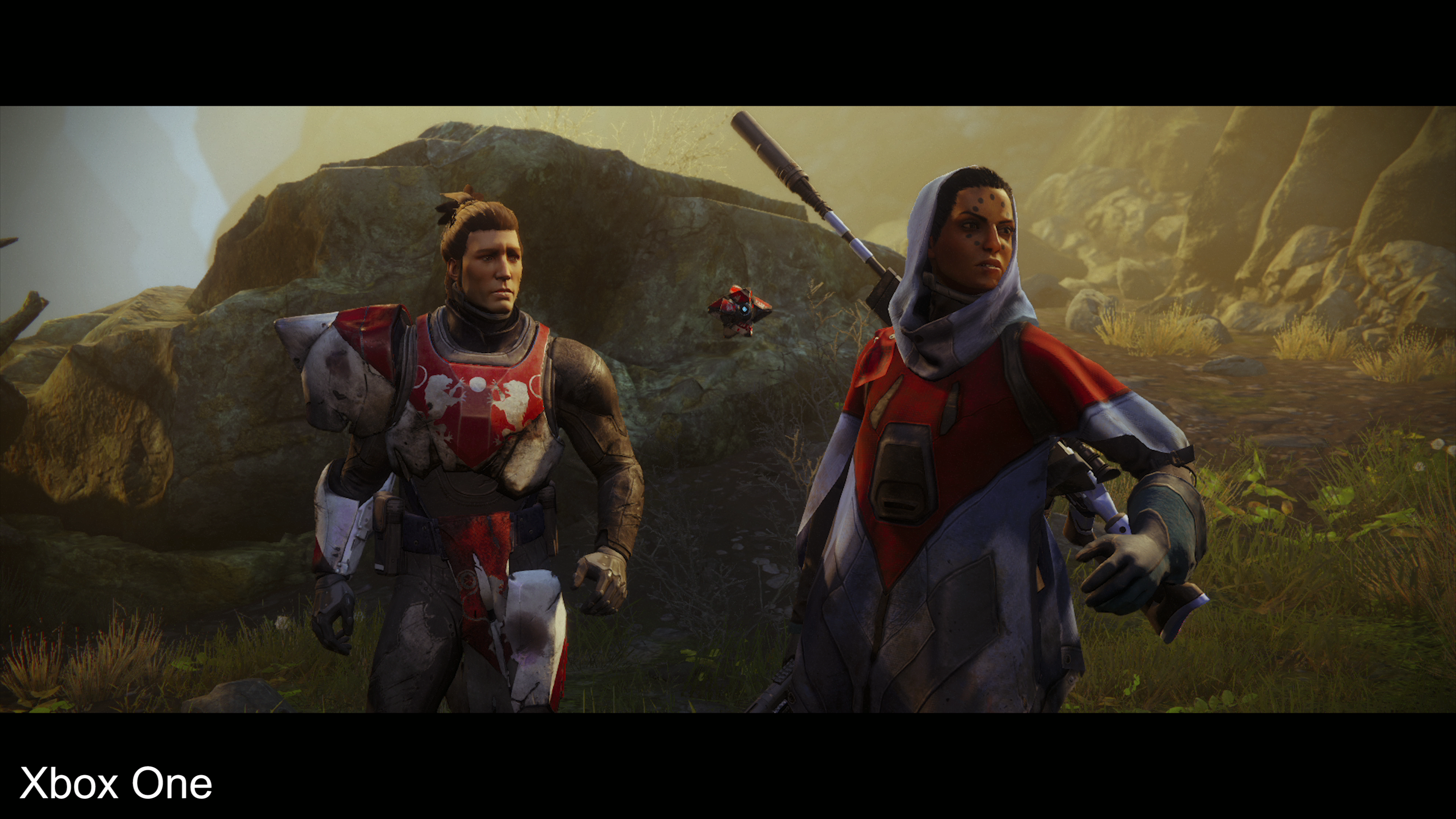
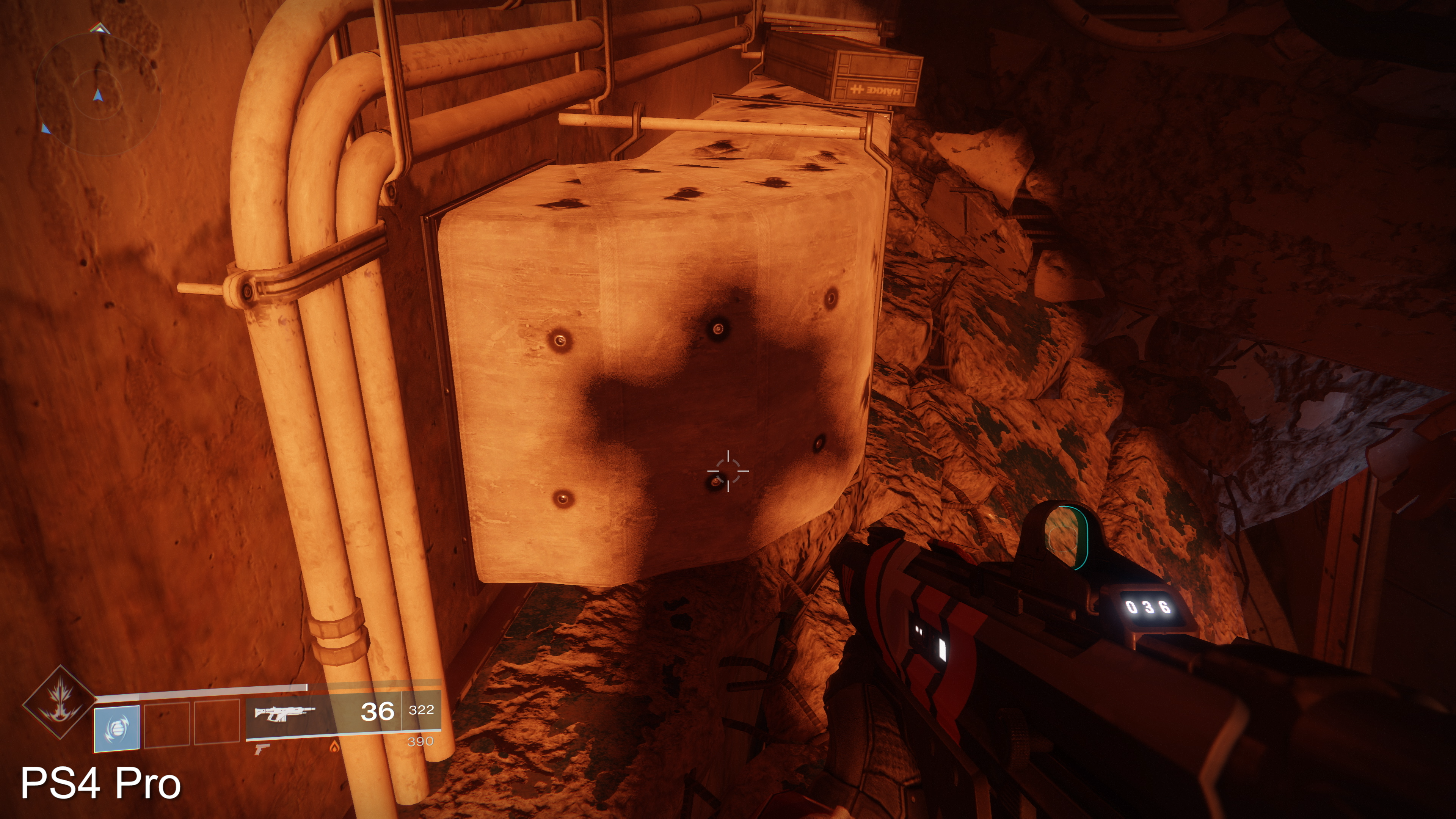
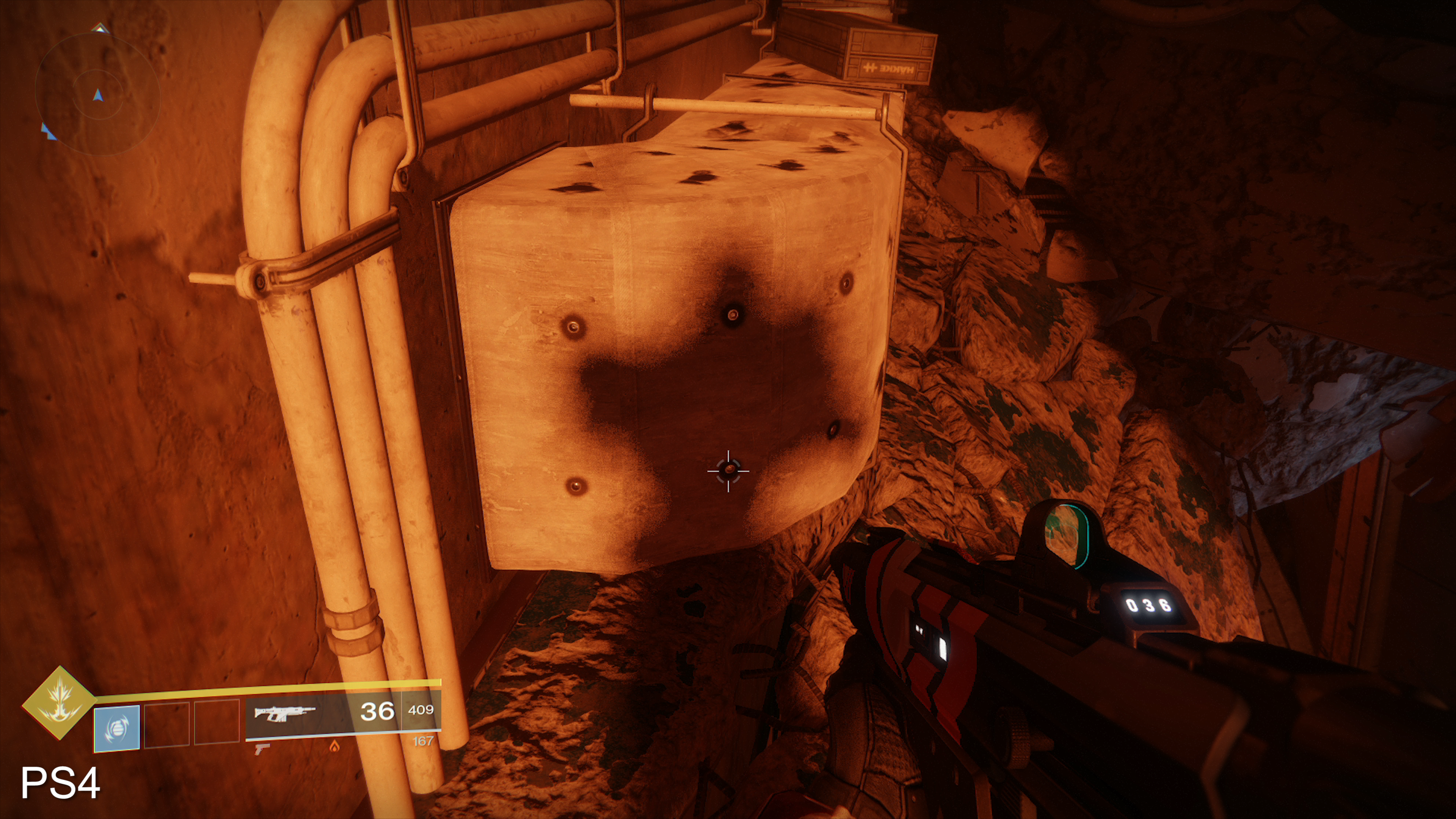
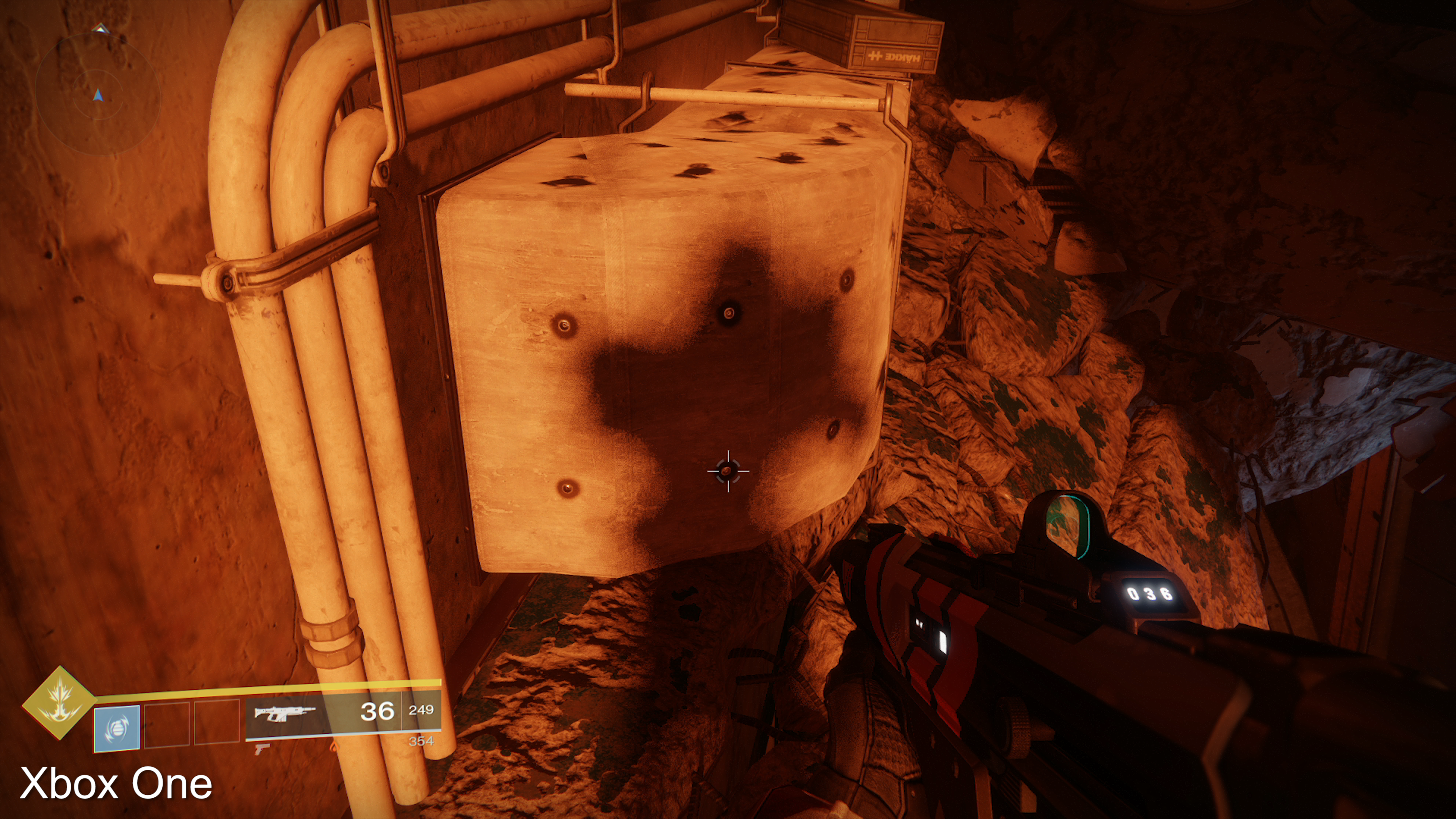
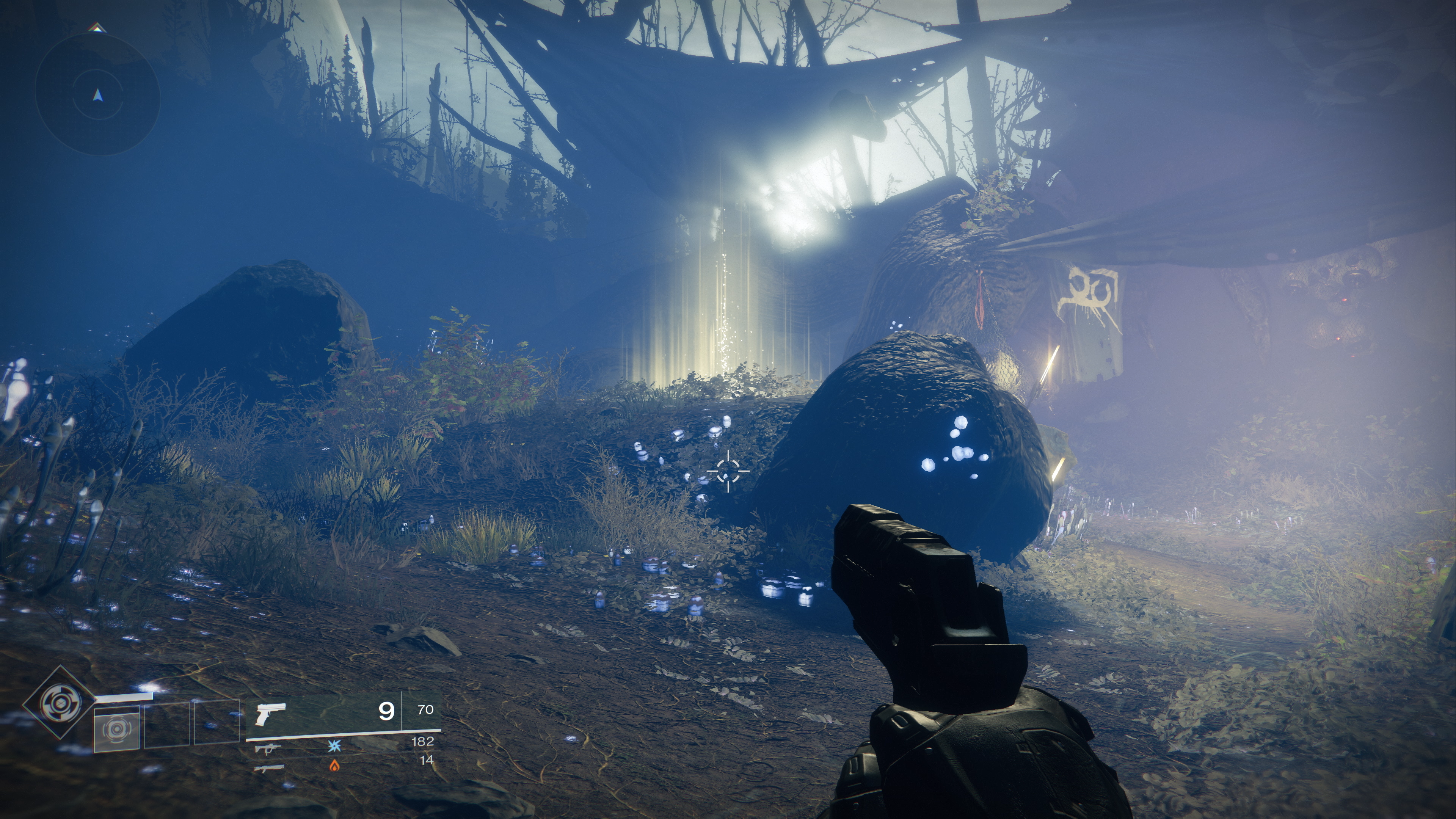
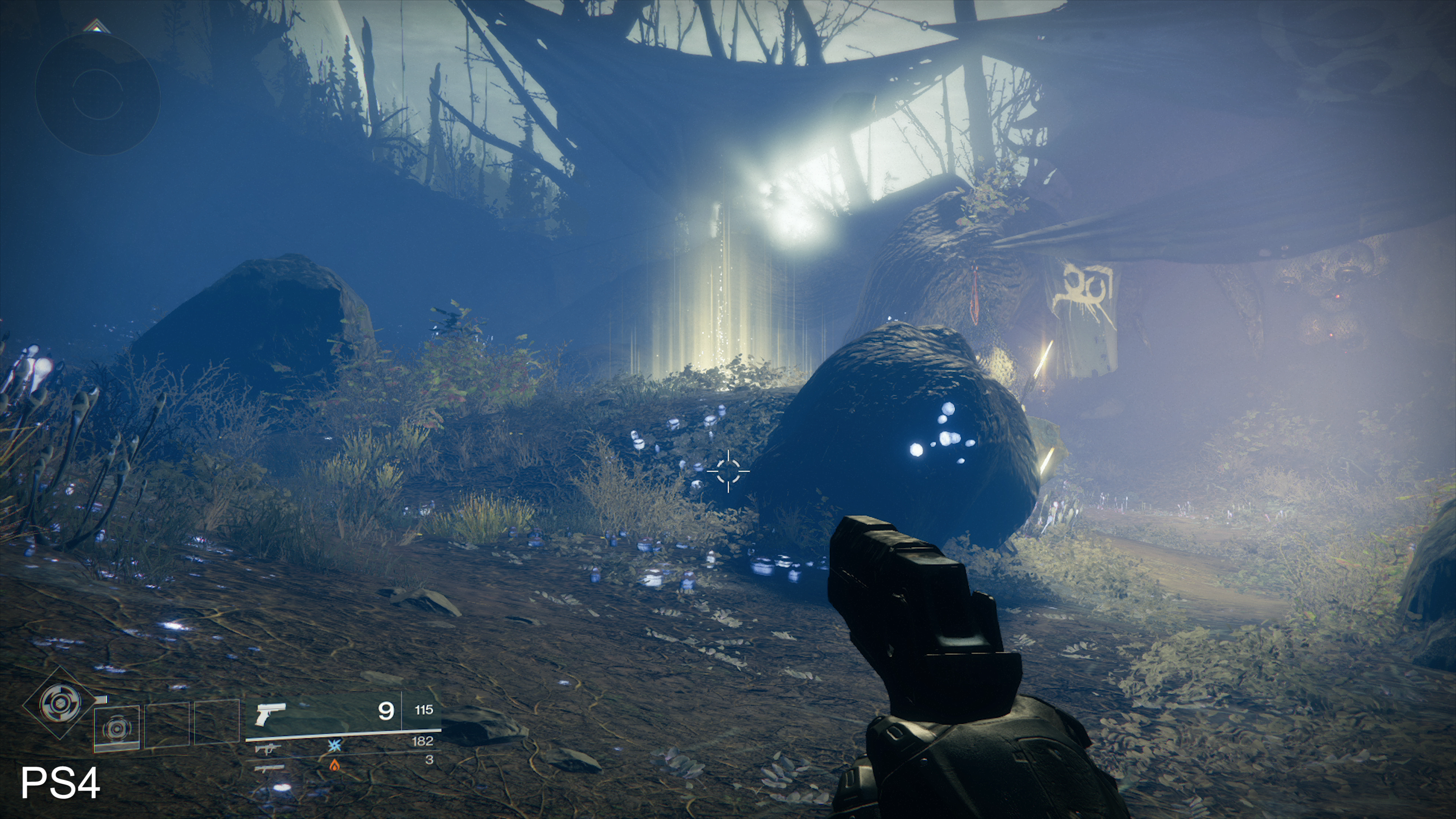

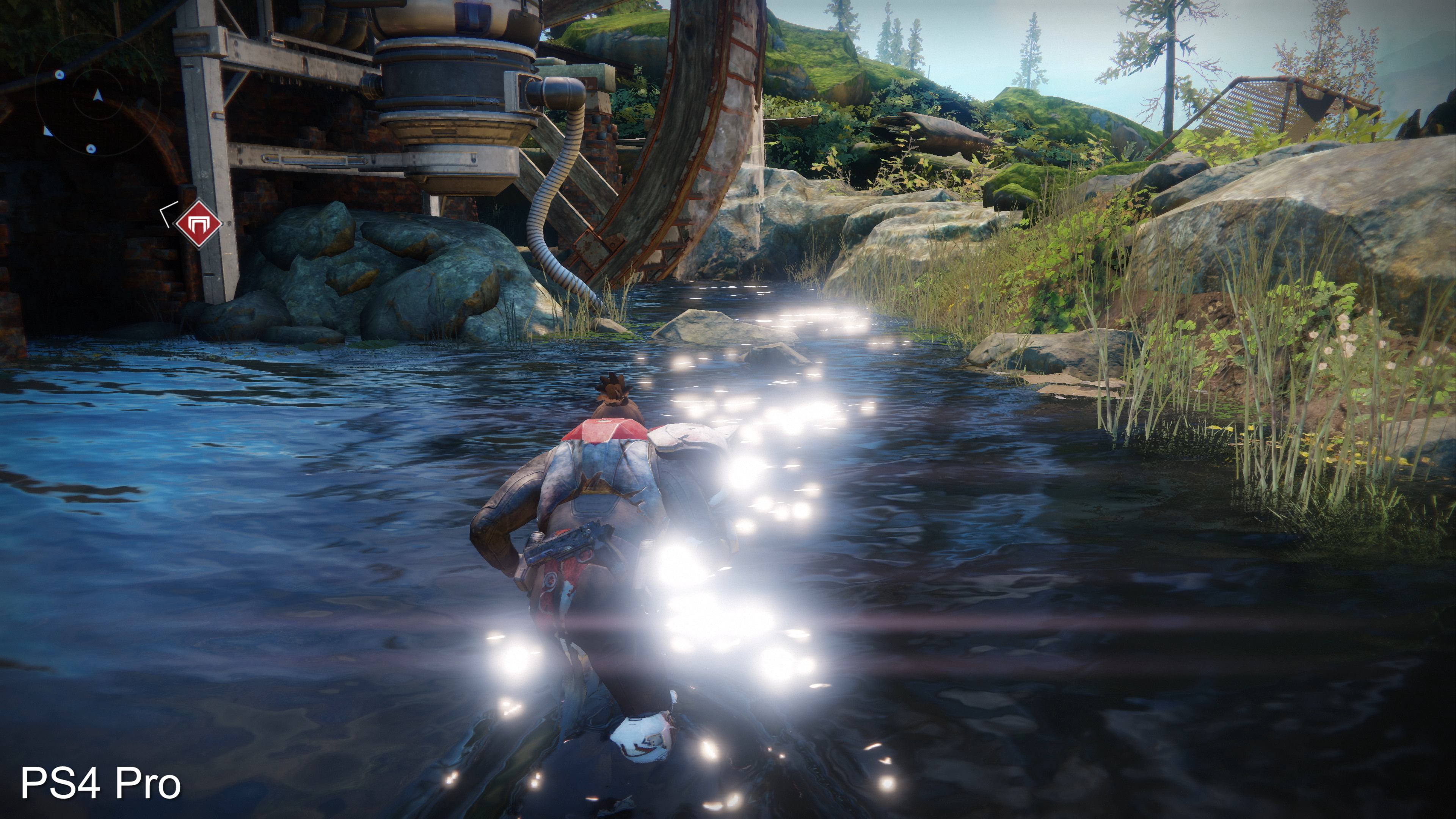


Once blended with its motion blur, Destiny 2's checkerboard rendering technique takes us to a convincing 4K output, and the limits and compromises are hard to spot. What's more, the game dynamically adjusts the resolution based on load on the horizontal axis, from 3072 right up to 3840. However, even during a stress-test in the tower defense segment, none of our pixel counts delivered anything less than a full, native 3840x2160. It's crisp, clear, and if there is a drop below that on PS4 Pro, it'll take playing much further, perhaps in intensive raid battles, to really see a drop.
The outlook is great on PS4 Pro when outputting at 4K, and it's good news for 1080p screen users too. If you own a full HD display, you still get that 4K picture super-sampled to your 1920x1080 output - an essential feature bizarrely absent from many Pro titles. What that amounts to is less flicker, less shimmer, and less noise on sub-pixel details in general- the kind that's easy to spot around the Farm hub area.
One way or another, PS4 Pro is the ideal platform for playing Destiny 2 right now. Meanwhile, a standard PS4 is fixed at a native 1080p, while Xbox One relies on a dynamic system - running the gamut from 1344x1080 up to 1920x1080 depending on load.
The Microsoft platform adjusts that horizontal axis much like PS4 Pro, though similar to that version, it tends to operate at the higher bounds for most of the time. Simply put, for most action in the open world, a compromised, 1344x1080 image is surprisingly hard to track down on Xbox One.
The resolution divide is clear, but are there any other visual enhancements between the three? Well between a regular PS4 and Xbox One there's no difference in setup; the level of detail, texture quality and effects-work are much the same. It's on PS4 Pro that we see real improvements though, broaching PC's higher graphics settings. Whether you run at 4K or 1080p, you get an improvement to texture filtering for starters: anisotropic filtering may well be the same as the standard PS4, but with more sample points at the higher resolution, artwork resolves more cleanly at oblique angles.
PlayStation 4 Pro gets a small boost in shadow rendering quality. This is a meagre bump, but worthwhile: other consoles suffer from heavy dithering on character self-shadows, but on PS4 Pro this is less pervasive thanks to a reduction in dithering. Up close, shadows are still unflattering at times; pixelated, and contoured with speckle artefacts. But at least on PS4 Pro, these issues are pared back next to a regular PS4 and Xbox One, and it represents what we may see on a higher quality PC shadow preset. In general, the visual set-up is almost identical between the three, but as one of the more demanding settings, Pro's shadow upgrades are a nice boost.
Last of all, geometry draw distances are improved on PS4 and Pro. Looking close at detail-rich environments like the Farm, the draw distance for shadows and grass are identical between PS4, PS4 Pro and Xbox One. They all pop in at the same range, and quite obviously as well. However, certain object detail sees higher poly assets rendered in from further afield on the PlayStation systems, which eventually make the switch on Xbox One, but only once you get closer. These are subtle enhancements for PS4 users. The chief advantage on a PS4 Pro though really is in that bump to 4K with checkerboarding, but we're not being short-changed in the visual department. There's a sense only PC will show us just how far Destiny 2 can be pushed.
Through all the pros and cons of its visuals per platform, one thing remains consistent: the frame-rate. Across countless hours of testing on PS4, Pro and Xbox One, there are simply no drops under 30fps to report. As far as the single-player campaign goes, a stress test at the start of the game shows a fixed 30fps line on PS4 Pro running at 4K, the same readout applying to the full HD and dynamic 1080p outputs of the PS4 and Xbox One respectively. First-person shooters play better at 60fps of course but if that's not possible, an absolute rock-solid lock to 30fps is the next best option and in this respect, Destiny 2's unshakeable readout is difficult to criticize.
Another aspect worth touching on is PVP multiplayer in the Crucible. Interestingly, the game has shifted from six vs six battles in the original game, down to four vs four - despite there being no signs of frame-rate drops or other potential bottlenecks in the first Destiny. The world size is more contained, but as ever, action is focused on more dynamic, hectic human battles, with vehicles ready from the start.
Why the drop to four players each side then? Well, potentially GPU overhead may factor into a worst-case scenario, and all players could potentially meet in one spot to unleash super abilities and heavy weapons. In theory, Destiny 2's push for more effects-laden moves may have edged Bungie towards making a cut in this area, to preserve a 30fps lock. Alternatively, a more likely theory for chopping out two players is the move to Bungie's new server system. Destiny 2 now offloads most hosting and game logic tracking to its own servers, rather than relying on client consoles. Compared to the original Destiny, this may have forced the team to shift its priorities for its online play. One advantage is that we no longer have to wait for host migration, and if one player drops out, the game seamlessly carries on.
Blasting past the 30fps lock, PC is clearly a big priority for Bungie in terms of support. The developer has stated that Destiny 2's 30fps lock is a factor of its game logic and the number of enemies on-screen, but on PC, the CPU limits aren't an issue, and frame-rates can be unlocked. Combined with mouse and keyboard support, the experience is transformed and we found in our PC beta testing that even a GTX 970 could deliver 4K action at 30 frames per second with only minimal tweaks to the high preset - the same options delivering double the frame-rate on a GTX 1080 Ti.
In essence, even mainstream PC hardware can handily outperform console on either resolution or frame-rate, meaning that the wait will be worth it for PC users. The potential for Xbox One X support is tantalising as well, with Microsoft's new hardware launching two weeks after PC. No announcements have been made on specific support but we're looking forward to settings and resolution upgrades here. Fundamentally, the X still uses the same core CPU technology as the base consoles, making a 60fps mode unlikely. Regardless, we still can't wait to check it out.
Destiny 2 marks the start of 2017's major Q4 blockbuster releases, and it kicks it off with a bang. As a technical evolution over the original game it's a satisfying product, with each planet springing to life more vibrantly and with more variety. There's a sense that this isn't just about the graphical upgrades though, but also a factor of Bungie's radically revamped content creation tools. The renderer hands in superior visuals no doubt, but the team is clearly empowered with the means to more easily create these new, richer worlds. Simply put, Destiny 2 does enough in the visual stakes to make it a milestone release for the developer, but this success is only enhanced by the sheer breadth of areas to explore. After a long wait following Destiny's last expansion, it's a relief to see Bungie's still on top of its game.
